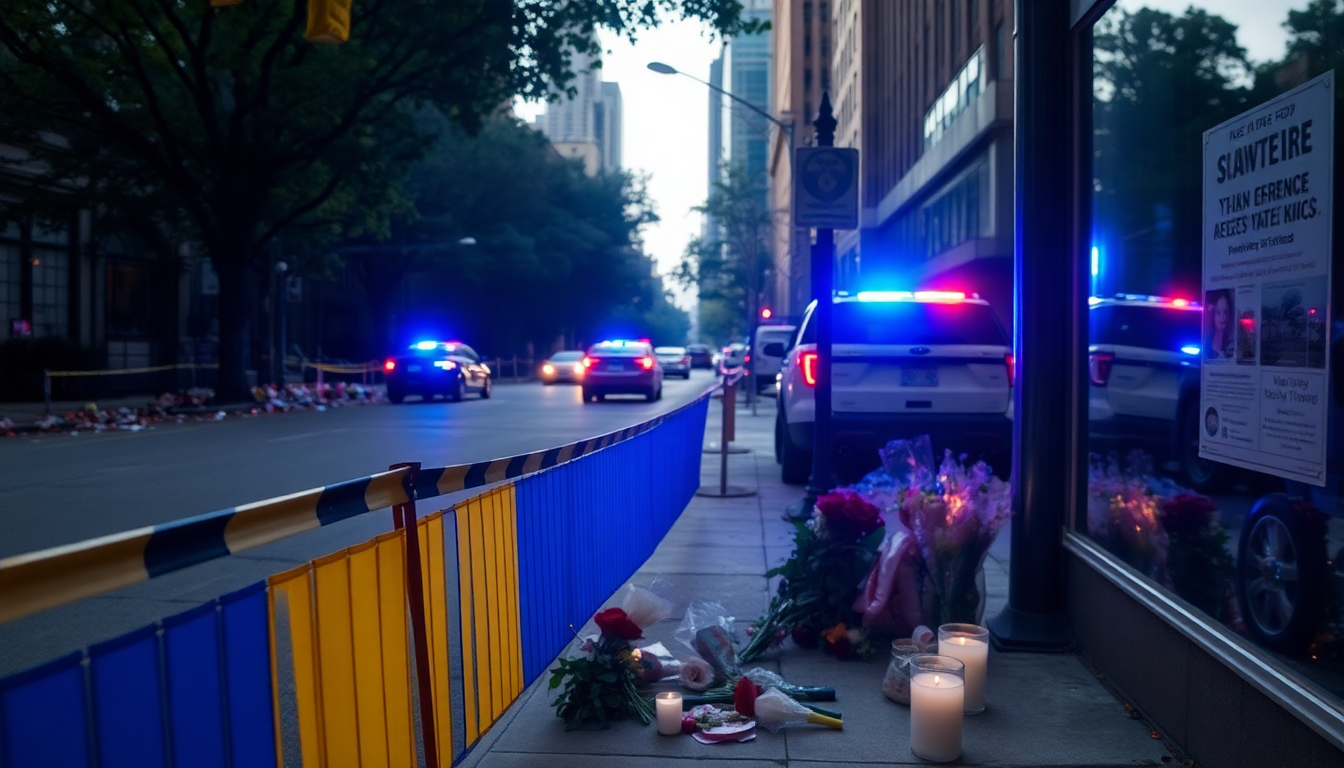Table of Contents
Gun violence in urban areas remains a critical issue, deeply impacting communities and leaving behind lasting scars. The recent shooting incident in Chicago’s River North neighborhood is a sobering reminder of the challenges cities face in ensuring safety for their residents. With at least four fatalities and numerous injuries, this tragedy has ignited discussions about the root causes of such violence and the steps needed to tackle it head-on.
A Closer Look at the Incident
The chaos unfolded around 11:00 PM in Chicago, when gunfire erupted outside a lounge during a private event hosted by rapper Mello Buckzz. Eyewitness accounts describe a scene that felt like a ‘warzone,’ as gunmen opened fire from a vehicle, injuring 17 people in total, including two men and two women who tragically lost their lives. The victims, aged between 21 and 32, highlight how young adults are often disproportionately affected by gun violence.
The day after the shooting, three victims were reported to be in critical condition, underscoring the urgent need for medical attention and community support. Local hospitals sprang into action, showcasing the resilience of medical personnel, but the emotional toll on the victims’ families and friends is immeasurable. As the driver fled the scene, law enforcement now faces the daunting task of piecing together the details to identify the suspects and uncover the motive behind this horrific act.
Understanding the Bigger Picture of Gun Violence
This incident isn’t just an isolated event; it’s part of a troubling trend seen in urban areas across the United States. Gun violence tends to spike during holiday weekends, with the Fourth of July being particularly notorious for increased incidents. For instance, in 2022 alone, Chicago recorded over 100 shootings during this festive period, resulting in many fatalities. Such alarming patterns raise serious questions about the effectiveness of current strategies to curb violence and protect vulnerable communities.
Let’s not forget the psychological impact of gun violence on communities. Survivors and witnesses can suffer from long-term effects like post-traumatic stress disorder (PTSD), anxiety, and depression. These issues ripple through neighborhoods, undermining social cohesion and trust among residents. It’s crucial to engage and empower communities to tackle these challenges and foster resilience and recovery.
Community and Law Enforcement Unite
In the wake of the shooting, community members and local leaders are rallying together to confront the rising tide of violence. Police Superintendent Larry Snelling has appealed to the public for assistance in identifying suspects, emphasizing how vital community involvement is in combating crime. Initiatives designed to build trust between law enforcement and residents are essential for creating safer neighborhoods.
Additionally, local organizations are stepping up to support victims and their families. Fundraisers and community gatherings not only serve as healing opportunities but also provide a platform for advocacy, calling for more robust measures to prevent such incidents in the future. The collaboration among community members, local businesses, and law enforcement sends a powerful message that violence will not be tolerated.
Looking Ahead: A Call to Action
As cities like Chicago navigate the complex repercussions of gun violence, it’s crucial to examine the broader societal implications. Tackling root causes such as poverty, lack of educational access, and systemic inequality is vital for creating sustainable solutions. Recent events serve as a wake-up call for communities to come together in solidarity and advocate for policies that prioritize safety and well-being.
Moving forward, fostering open dialogues, promoting community engagement, and supporting initiatives that address the complexities of gun violence are essential. Only through collective action can we reduce the frequency of such tragedies and work towards a future where urban environments are safe for everyone.


